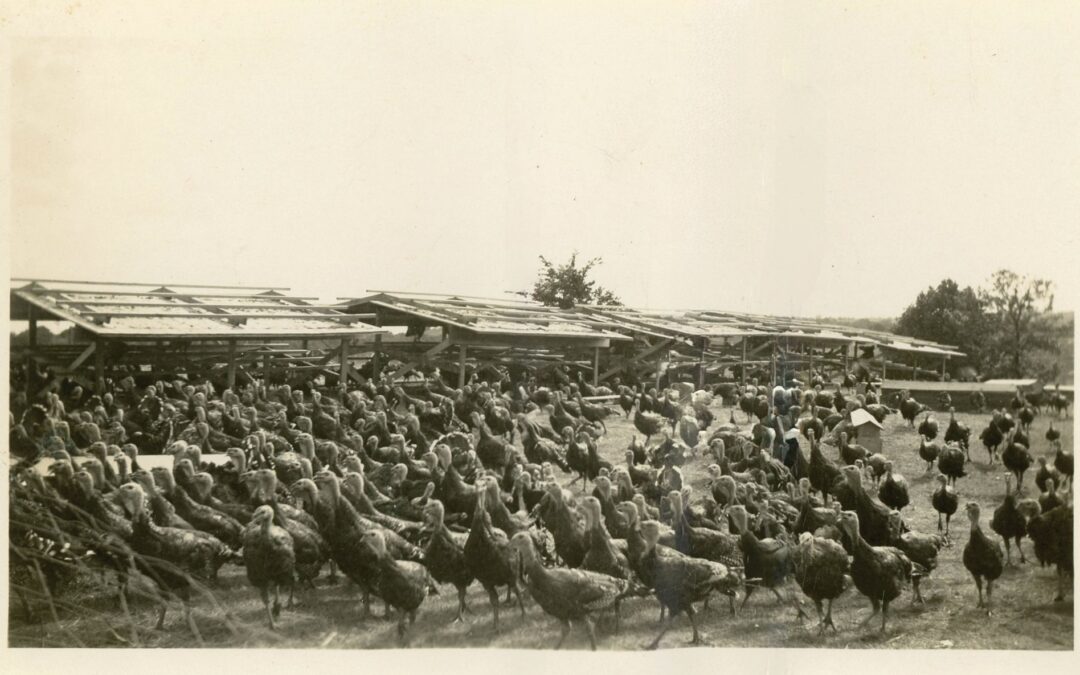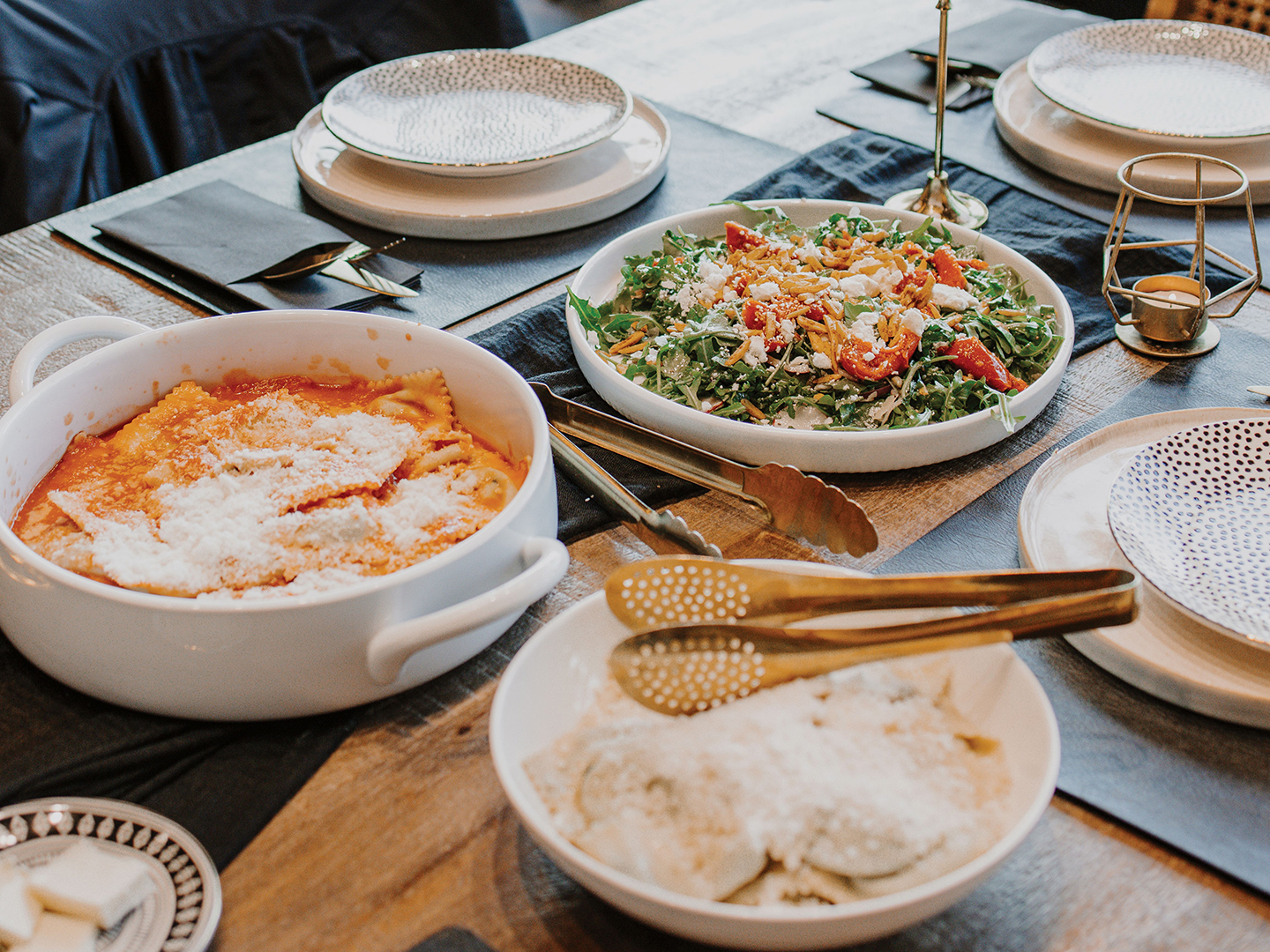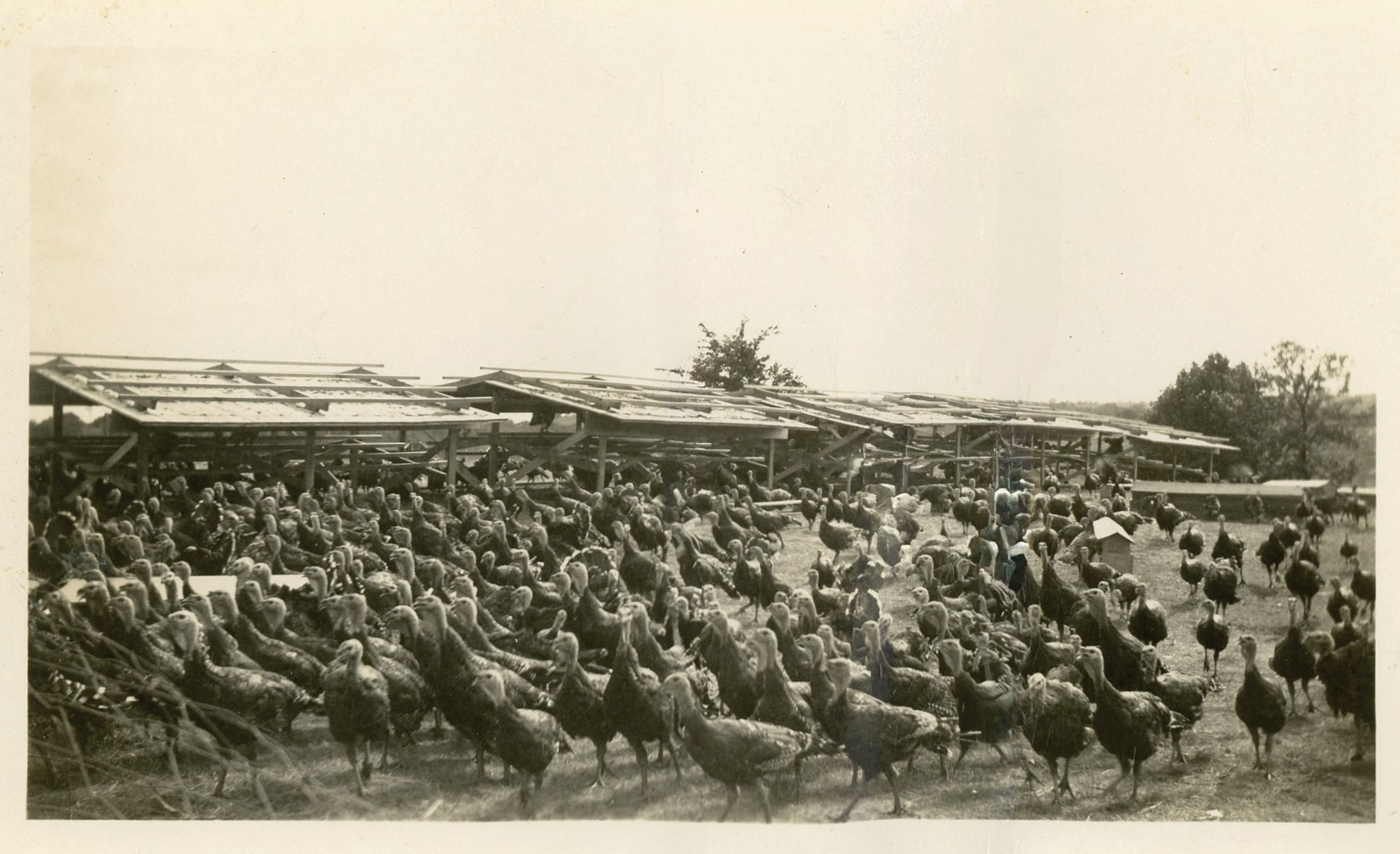
Photos: Tate Carlson
Familiar, healthy food for older Eastern Europeans.
For Alla Grig’s list of core menu items essential to Russian cooking, click here.
“This is my country. But my parents—not so much…”
“I’ll live here longer than I lived there. I’m totally good,” says Alla Grig, who moved to America from Uzbekistan 24 years ago to flee economic hardship after the fall of the Soviet Union. One of some 60,000 immigrants from former-Soviet Union countries in the Twin Cities, she quickly found work, improved her English, and made ends meet as a young adult. She even found community among the large group of Russian-speaking immigrants who have their own social service centers and go-to social venues.
Grig eventually launched several of her own restaurants, first in the Minneapolis skyway 15 years ago and then in a variety of suburban locations. She became a successful restauranteur, now operating Nick’s Wrap City Café and Cafe i494 in Bloomington—both of which cater to a corporate breakfast and lunch crowd. Grig also has a number of contracts with childcare centers and adult day cares, including a large contract with Kinderplatz day care in Bloomington.
“I had to move. It was a really bad situation back home. I was the only kid in the family, so my parents had to come with me,” Grig says, explaining the juxtaposition of finding America to be “home” and a suitable business destination while also feeling for her parents, who were impacted even more by her move. “They knew very little of the language and had no friends here. This is my country. But my parents? Not so much.”
Because of Grig’s strong ties to her ethnic community, she saw an opportunity to add business while serving another population in a tangible and meaningful way—she decided to provide Russian-style food to aging immigrants from the former Soviet Union who attend adult day care.
“Russian cuisine is totally different from American food,” Grig says, explaining that she added a third complete menu to her repertoire, now turning out five hot meals per week—including salad, soup and a main entree—for over a hundred seniors. “It’s hard for older people to adjust, and there just aren’t many people who can cook Russian cuisine.” Grig notes that most Russian-style meals are more labor-intensive than many American-style foods. “Like soup, for example,” says Grig. “Russian soups usually have many more ingredients, with a lot of chopping.”

She’s worked with community centers and senior homes that cater to the Russian-speaking population, which she says have helped bring connection and community to people who were displaced later in life, often following children who sought a fresh start in America. “Sometimes they’re together with each other more than their own families,” she says.
Because some of the centers are state-funded, Grig’s meals must meet state nutritional requirements. She also has to do her homework to find authentic Russian ingredients in bulk. Some things—like farmer’s cheese—are essential to her dishes but hard to find. Then there are the challenges of cooking for seniors, like making sure things are easy to chew and not too hot or spicy. But to Grig, it’s a labor of love.
“The immigration process is really hard for them. Many moved because of their kids—to give them a chance,” Grig says. “Connecting them with Russian entertainment and making sure they have familiar food—it just makes life so much more comfortable for them.”






















